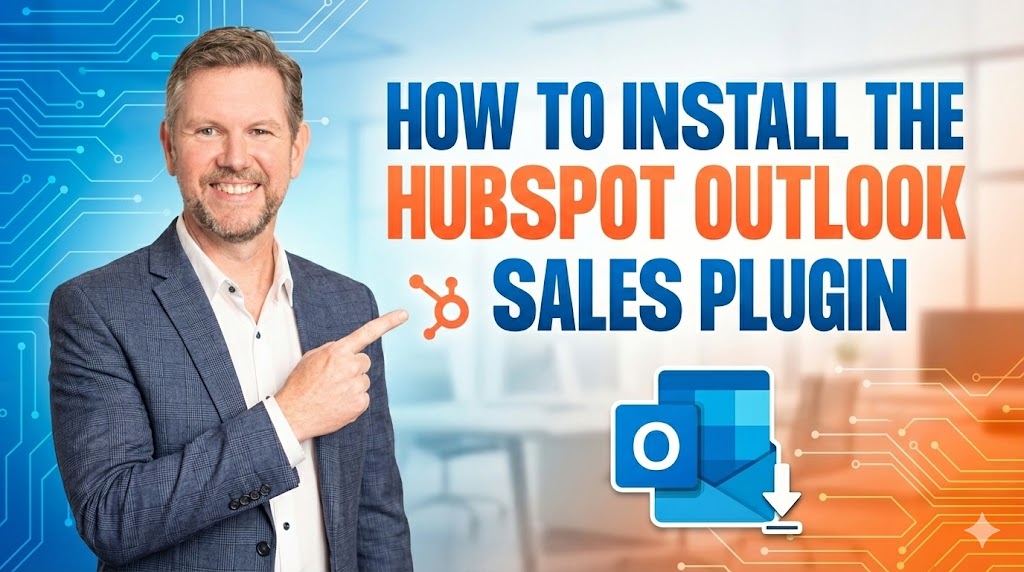
Content Marketing | 2 min read
Let’s talk about what’s really changing for the retail space. How do you take the tradition bricks and mortar experience to the next level?
In 2016, Amazon truly struck the balance between traditional and digital shopping experiences with the launch of its first physical store. What was phenomenal was how seamless the transition was. Just log in to your account, pick up what you need off the shelf and walk out of the store. The store tracks what you picked up and automatically charges it to your account.
Even taking into unlikely spaces such as the groceries market with their acquisition of Whole Foods 500 locations in the UK. The market needs on demand physical stores and eCommerce, it is about providing what a customer needs through channels that suit them.
With this you must look at your revenue model as buyer habits have changed to where the store can often be a place to try before you buy, then purchases are made online. This is the ‘Apple Shop Model’. The physical store is all about the experience. Falling in love with the lifestyle, the experience, and the products. This means that the instore budget is less important these days as the being able to measure the conversion from store to digital.
Another brand that revolutionised its thinking was National Geographic, finding it hard to hit its groove in the digital market. They came to the realisation that they have unique photographic content that is highly sought after. They captured the attention of travelers in airport lounges providing merchandise from the exotic location of your choice.
Have a look at what is unique to your brand, how do you create a unique experience, what does your tradition brand provided that stand-out in the digital space, then vice-versa how can you transition the digital experience into a connected physical experience.
Published on September 29, 2020



-3.jpg)

